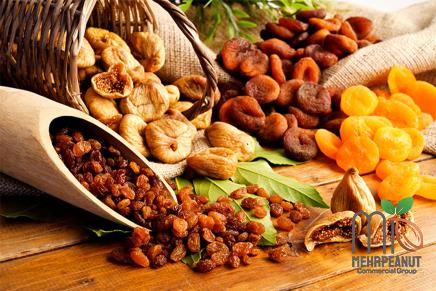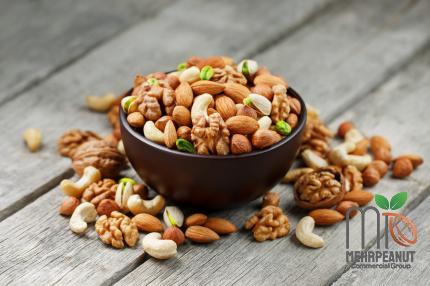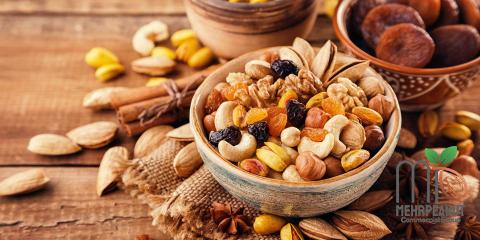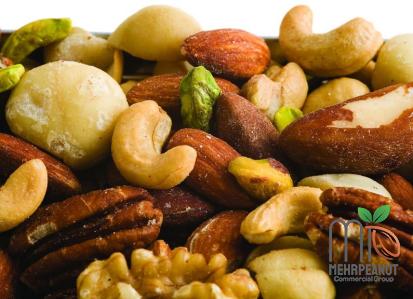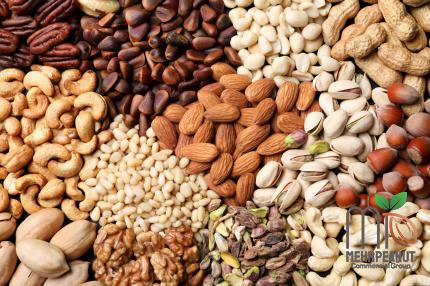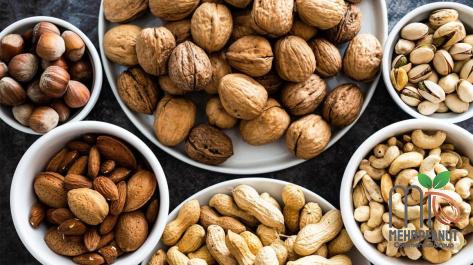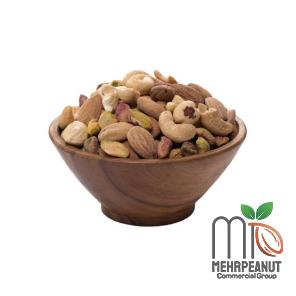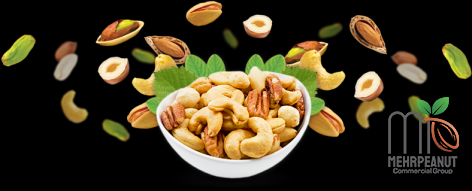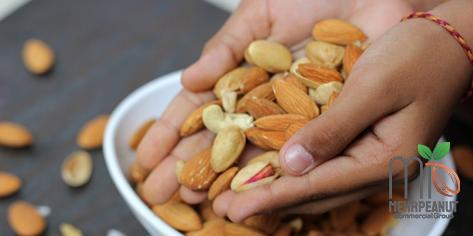unsalted shelled peanuts nutrition | Buy at a Cheap Price
Eating nuts, especially in their natural shape, is one of the healthiest ways of nutrition
Peanuts are one of the most popular nuts
Although the roasted peanuts are more delicious, the unsalted shelled ones are healthier to buy and eat
According to Elaine Close, a nutritionist for Consumer Reports, peanuts are officially classified as a legume; nonetheless, they are categorised as nuts since their nutritional profile is similar to that of nuts
“It’s a quick and easy way to get protein and contains other beneficial elements like antioxidants, magnesium, iron, and fibre
” Most of the lipids in peanuts are heart-healthy monounsaturated fats, which, when consumed, can assist in the reduction of harmful LDL cholesterol
Eating peanuts has been shown in several observational studies to offer significant health benefits, particularly for the cardiovascular system
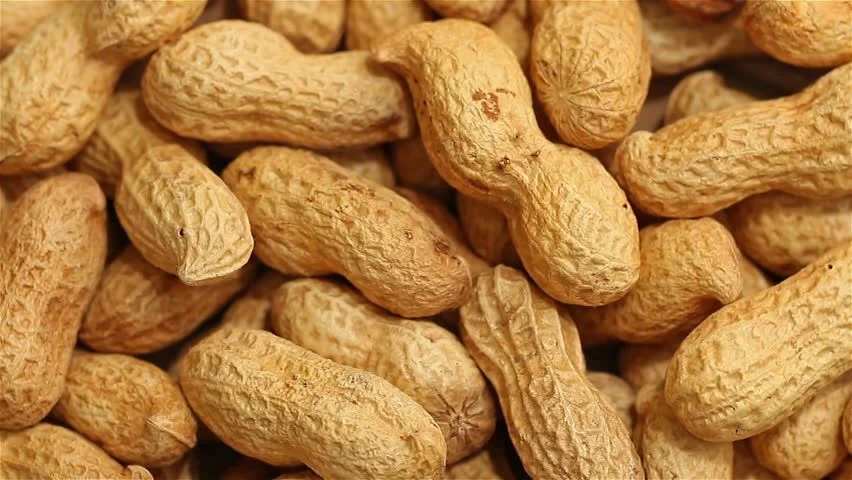
People who had two or more servings of peanuts per week, for instance, had a 13 per cent lower risk of getting cardiovascular disease compared to those who did not consume peanuts in a study conducted in 2017 at Harvard and involved more than 210,000 participants
Several studies have also shown Peanuts offer potential benefits for one’s waistline
People who consumed the most significant quantity of nuts, including peanuts, were found to have a lower chance of being overweight or obese by 5% throughout the 5-year study period, according to a study conducted in 2017 and published in the European Journal of Nutrition
Those who choose not to consume it
According to Malik, “While it is true that it contains a large number of calories because it also contains a high number of grams of protein and fibre, you will feel full without overeating
” Although none of these studies has shown that peanuts directly reduce the risk of disease and weight gain—it is practically impossible to conduct such a study—a rising body of research seems to indicate the advantages of peanuts

Shelled peanuts nutrition
Peanuts, rich in a variety of vitamins as well as protein and fibre, are among the most consumed snack food in the United States
The shells of the peanuts, not so much
Some people enjoy the peculiar snack of eating peanut shells, which is something you probably wouldn’t consider doing on your own
It might have a salty or crunchy texture, making it appealing to people looking for alternatives to snacks like chips and pastries
Before incorporating peanut shells into your diet regularly, it is essential to remember the potential dangers they could provide to your health
The following is contained within a peanut shell:
60 per cent of fibrils
25 per cent cellulose
Eight percentage points of water
6 per cent crude protein
2% of the total was ash
1 per cent fat
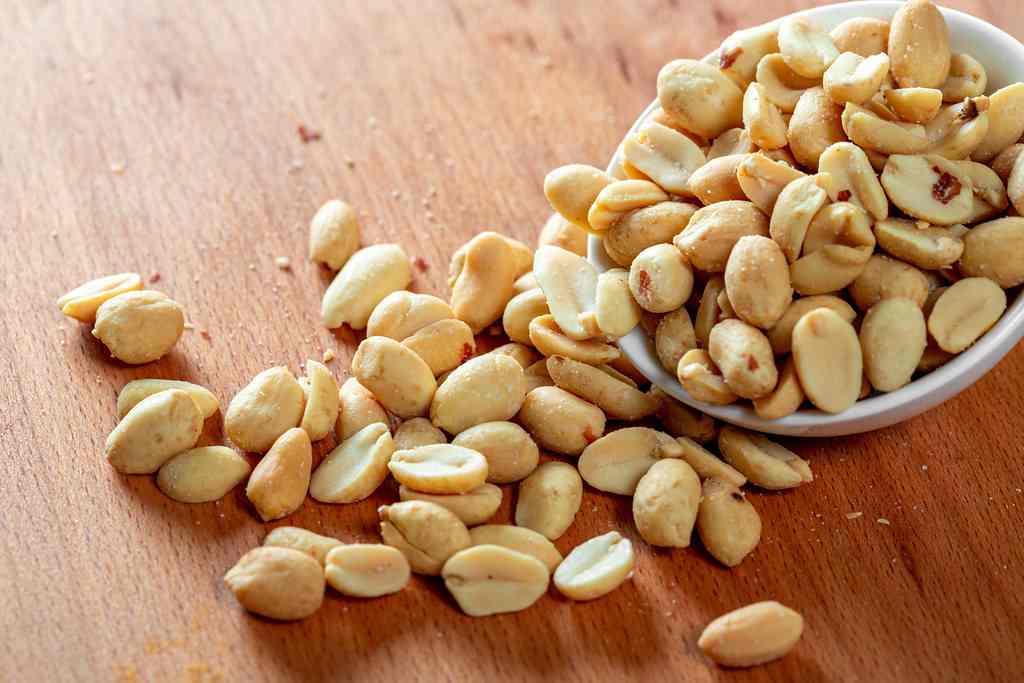
Ingredients can differ based on the variety of peanuts used and the conditions of the manufacturing facility
Peanut shells offer no other nutritional benefit besides the dietary fibre they contain
Consuming peanut shells increases fibre intake but also disrupts the digestive process in a typical person
Peanut shells can build up in your digestive tract
The accumulation of foreign bodies can frequently result in gastrointestinal distress and the formation of a mass unable to move through the intestines
Eating fibre or hair is frequently linked to the medical condition known as bezoar
However, this rule also applies to retrieving any food or drink lodged in the abdomen
Removing the bezoar through surgical means may be necessary for severe instances
Pesticide Contamination Pesticides used during planting pose hidden concerns while eating peanut shells
Peanut growers want husks removed
Crop rotation helps peanut growers control illness
Fungal diseases can damage crops and require insecticides
Peanuts are sensitive to the cancer-causing fungus Aspergillus flavus and Aspergillus parasiticus, says Feedipedia
Peanut shells have the most chemical pollutants
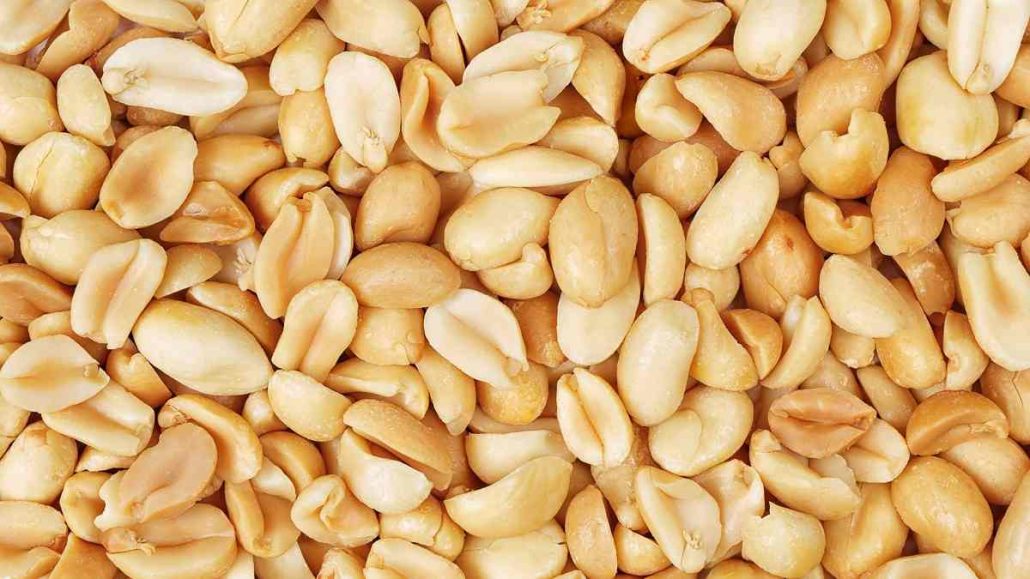
Shelled peanuts for birds
A wide variety of birds, such as woodpeckers, jays, titmice, hazel grouse, and titmice, enjoy eating shelled peanuts since they are a food source with a lot of energy
It can be consumed entirely and has a high proportion of protein and fat
In most cases, birds will remove peanuts from feeders and store them for consumption at a later time
The blue jays from the United States and other varieties of shelled pistachios are preferred
Many people opt to serve this variety of peanut since it has these types
In addition to bluebirds, I frequently come across red-bellied woodpeckers devouring peanuts while still within the shell
Other animals occasionally consume peanuts; however, many smaller birds have trouble cracking them open
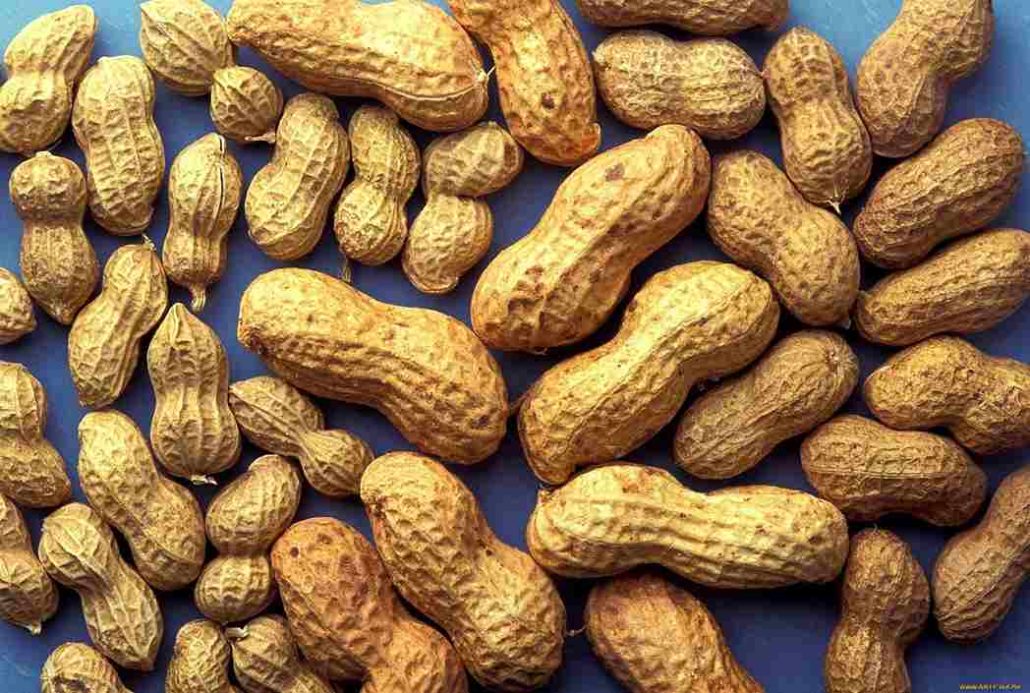
The infatuation of squirrels with shelled peanuts is a typical issue when providing food for them
Be ready to deal with various critters, including squirrels, if you decide to serve any peanuts at your gathering
It would appear that peanuts that have had their hulls explicitly removed for birds are among the highest quality peanuts available
All birds can consume it without any problem because it is already shelled
Peanuts have a high protein level, which benefits many different animals, mainly when temperatures are severely low
My in-shell peanut feeder attracts a wide variety of birds, including chickadees, nutmegs, woodpeckers, and chickadees, but the most prevalent ones are chickadees and woodpeckers

Not only do these species frequently use feeders, but almost all of the birds that I’ve seen that are provided with consistent food will, at some point, consume a peanut or two
You never know who might wander into your backyard looking for peanuts
Shelled Peanuts calories
Peanuts, scientifically known as Arachis hypogaea, are legumes native to South America
A variety knows their names, including peanuts, sauces, and peanuts
Peanuts are not linked to tree nuts, even though their name suggests otherwise
They are in the same family as legumes, including beans, lentils, and soybeans
In the United States, eating raw peanuts is a relatively uncommon practice
Instead, it is typically roasted or consumed as peanut butter
Other products made from peanuts include peanut flour, oil, and protein

These commodities are utilised in producing a wide range of food items, including sauces, candies, cakes, snacks, and sweets
Peanuts are an excellent source of protein, lipids, and other beneficial nutrients
Peanuts have been linked to a lower risk of heart disease and may also aid in weight loss, according to research that has been conducted on the topic
High-quality protein and heart-healthy lipids are abundant in peanuts
It has a lot of calories as well
Fat is excellent in peanuts
It is under the oilseed category
Peanut oil is produced from a sizable fraction of the world’s peanut crop (Peanut oil)
Monounsaturated and polyunsaturated fats, the majority of which contain oleic and linoleic acids, comprise the majority of the fat content, ranging from 44 to 56 per cent
Regarding lipid content, peanuts are high in monounsaturated and polyunsaturated fatty acids
They are used frequently to create peanut oil
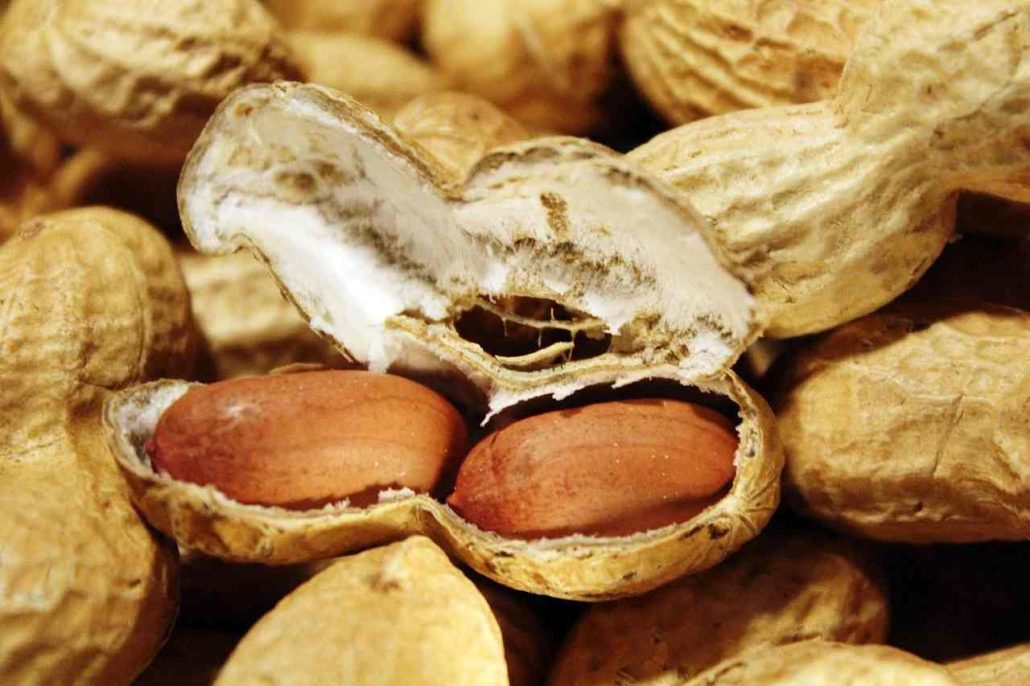
A good source of protein is peanuts The 22–30% of calories in peanuts made up of protein make them an excellent source of plant-based protein
When the more plentiful protein in peanuts arrives and squeezes, it could cause some people to experience a severe allergic reaction that could be life-threatening
Peanuts are an excellent source of protein in terms of plant foods
Bear in mind that some people are allergic to the protein in peanuts
Nutritional information for 3
5 ounces (100 grams) of raw peanuts is as follows: 567 calories seven percent water 25
8 grams of protein A gram of carbohydrates: 16
1 4
7 grams of sugar 8
5 grams of fibre 49
2 grams of fat 6
28 grams of saturation 24
43 g are monounsaturated
15
56 g are polyunsaturated 0 g of omega 3 15
56 grams of omega 6 GMO: 0g
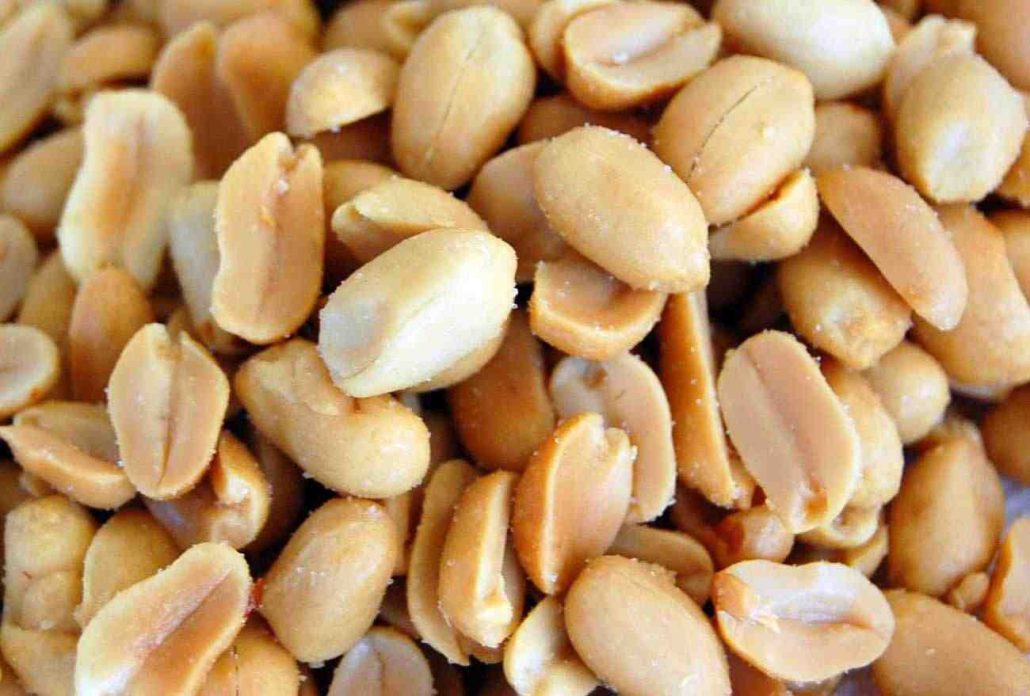
Shelled peanuts unsalted
Is there a significant difference in nutrients between salted and unsalted varieties, blanched and unbleached varieties, hulled and unhulled varieties, and the consumption of a handful of nuts versus a dollop of peanut butter? Can
Because the protective antioxidants and phytochemicals that are beneficial are more concentrated in the peanut’s thin, leafy shell, consuming peanuts with healthy skin may be helpful to one’s health
A significant number of polyphenols can be found in the peel
We already know that polyphenols benefit your health and reduce inflammation
In contrast to being peeled and blanched, the Harvard Medical School recommends consuming it in its natural state by either roasting it dry or eating it raw
Additionally, be wary of foods that include added sugars
It can be easy to pick up a package of peanuts while you’re on the go, but if you’re not careful, some of the sweeter variants of the peanuts will allow you to skip the added sugars daily
One ounce of Planters Sweet ‘N Crunchy Peanuts, for instance, has 13 grams (approximately three teaspoons) of sugar, which is about half of the maximum
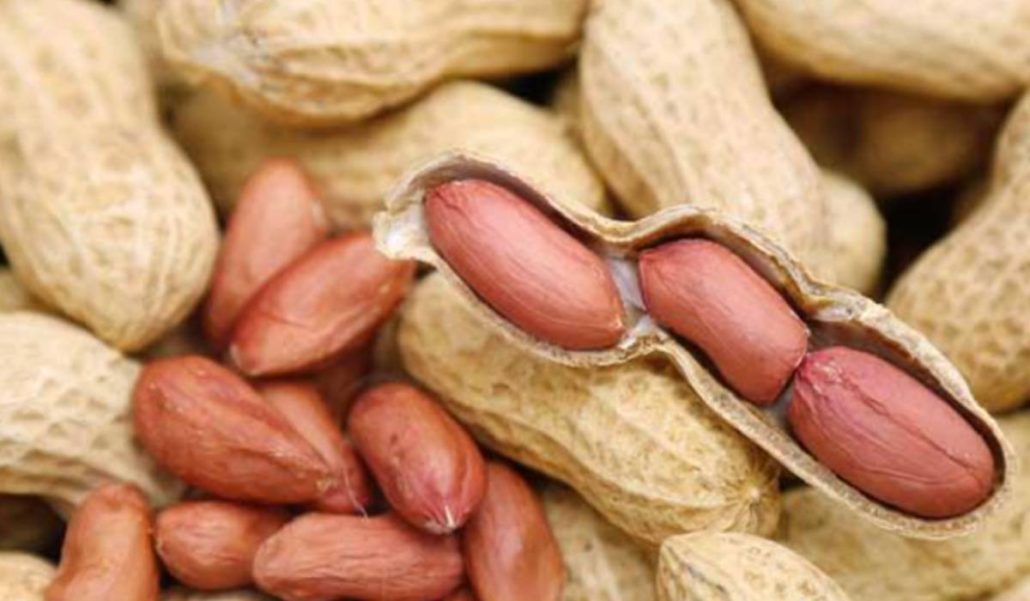
amount of added sugar that women can consume in a day and about a third of the total amount that men can consume
This is 6
5 times the amount of sugar in the Planter’s dry roast variety
Ordinary
Also, you shouldn’t automatically assume that all sweetened varieties have approximately the same sugar
Compared with honey-roasted peanuts, Sweet N Crunchy peanuts have a sugar level that is more than three times higher
When it comes to sodium intake, most people can get away with eating peanuts with a light saltiness, especially if doing so encourages them to select peanuts
over snacks that are less healthful, such as chips
However, choose the low-sodium or salt-free kind if you have specific medical issues, such as high blood pressure
These diseases need you to limit your sodium intake
Even if you are unaware of the studies that suggest consuming peeled and hulled peanuts, there is reason to believe that eating peanuts straight from their shells may help you control your hunger because peeling peanuts requires more effort than eating them in their natural state
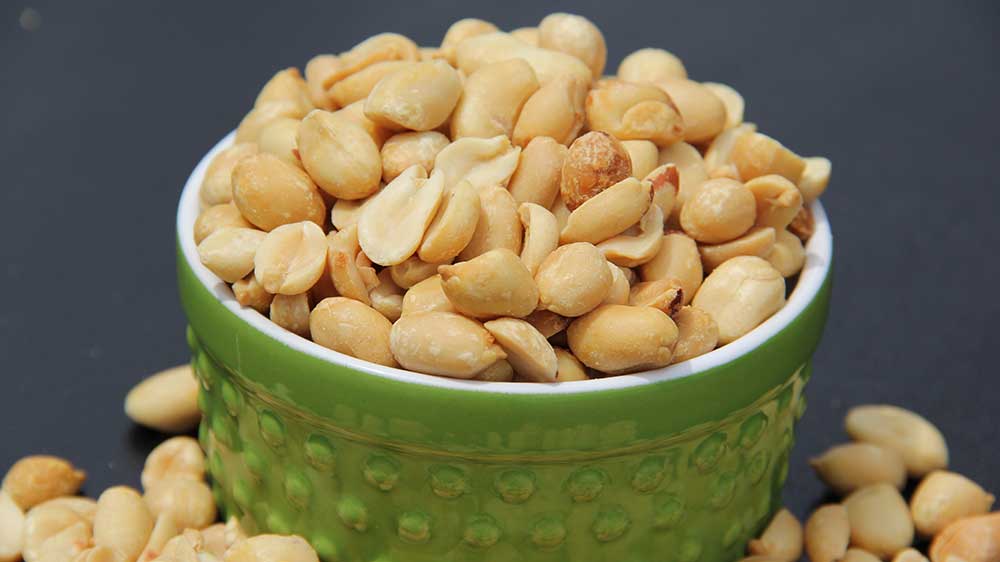
Shelled Peanuts for humans
When you begin eating a raw food diet, you might wonder, “Are raw peanuts harmful?” Raw peanuts and peanut butter have been the subject of numerous urban legends
Both are typically safe to use
However, there is the potential for some danger to one’s health
Are raw peanuts hazardous to eat or not? Peanuts are a type of legume and not a nut at all
The vast majority of raw nuts can be consumed without any concerns
The raw peanuts themselves are not poisonous, and it is beautiful to destroy them
On the other hand, it can be tainted by a mould known as Aspergillus flavus, which is responsible for producing the chemical aflatoxin
Aflatoxin is a carcinogen that can affect the health of both humans and animals
Concerning Aflatoxins To our good fortune, aflatoxin has been one of the world’s most thoroughly researched toxic substances
On the subject of aflatoxins, the website of Cornell University contains a lot of material, and numerous other prestigious academic institutions and scientific organisations also make information about aflatoxins freely available to the public
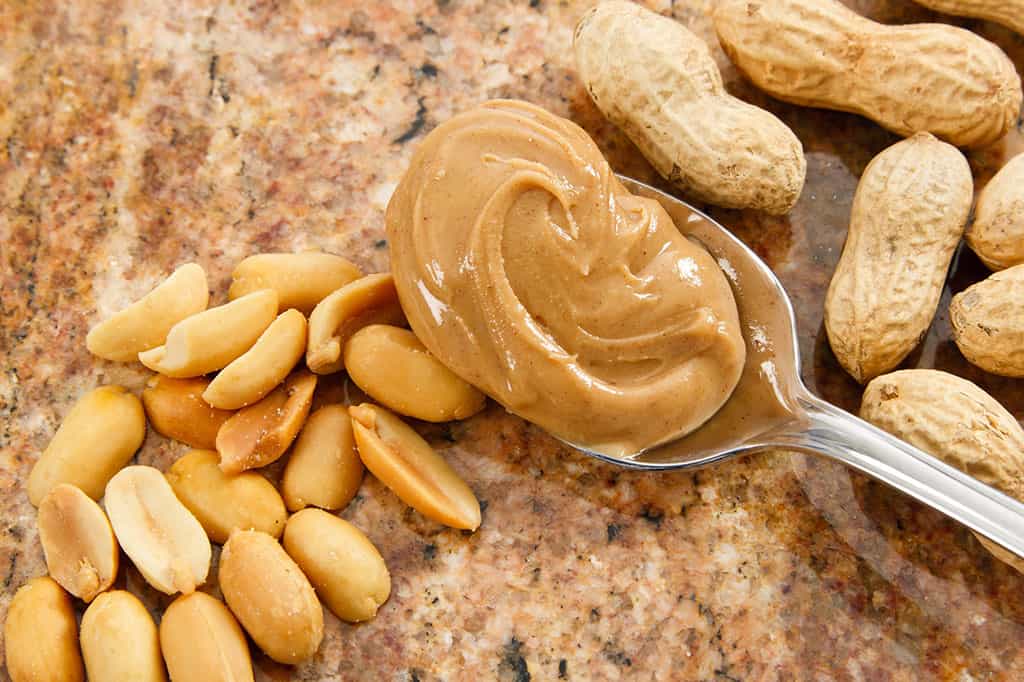
peanuts that are not clean
Peanuts are a ground cover crop that, when harvested, run the risk of being tainted with the fungus Aspergillus flavus
There are several types of mould that have been discovered to have the capability of producing aflatoxins
As part of their life cycle, moulds create and secrete various chemicals, and the strains in question make and secrete aflatoxins
After harvesting, this chemical is left on the peanuts in their raw state, where people or animals can subsequently consume them
When infected peanuts are processed into goods like natural peanut butter, aflatoxins have the potential to become a component of the finished product
The United States Department of Agriculture (USDA) conducts inspections and tests on peanuts as they move through the many production facilities around the country
If the level of aflatoxin in the peanuts is higher than 20 parts per billion, they will order the peanuts to be thrown away
Less than what may be considered a relatively safe amount
